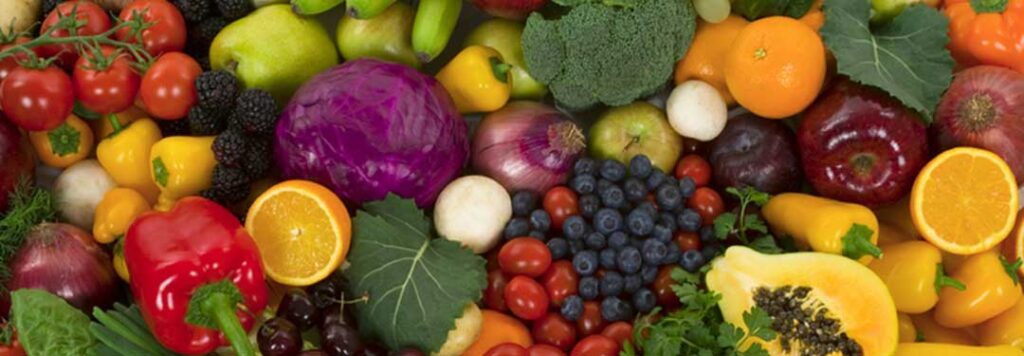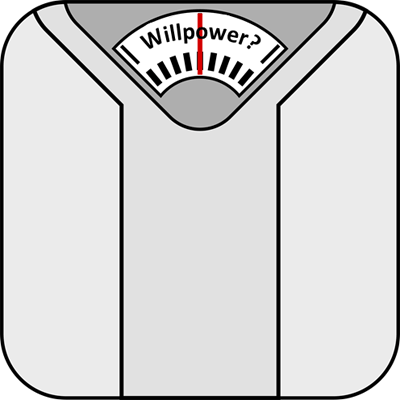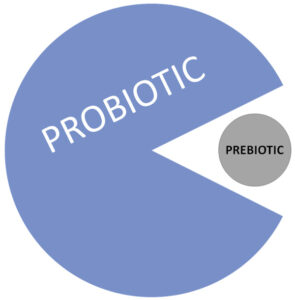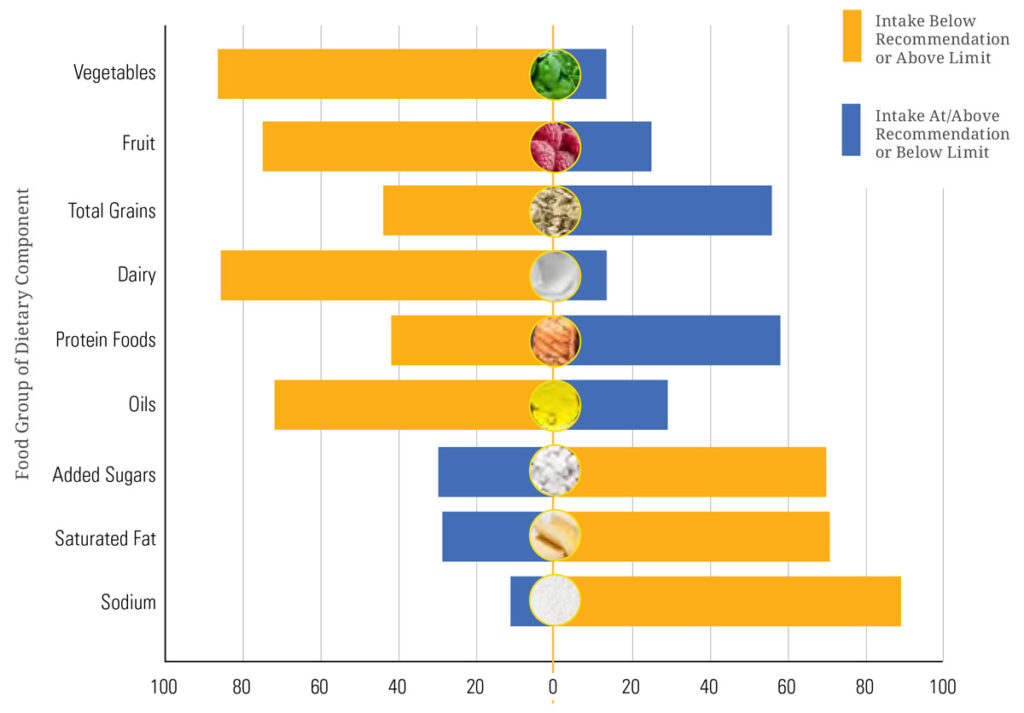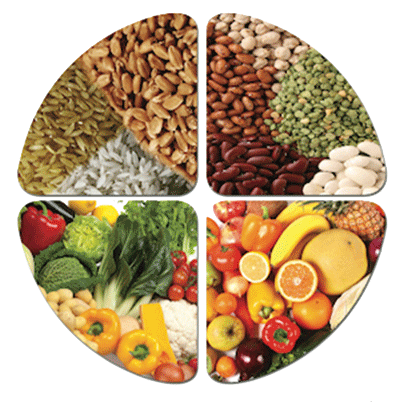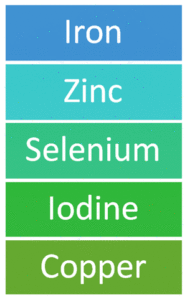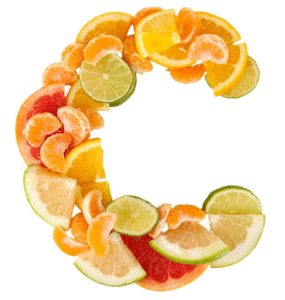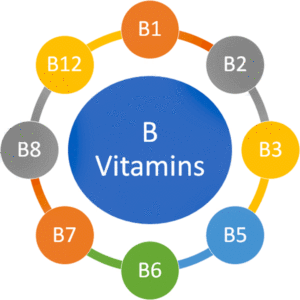As it has been a little while since I’ve written about nutrition, I thought I’d take a look at amino acids, the role they play in our bodies, and the means though we build them into our diets.
 Deemed the building blocks of protein, amino acids consist of nitrogen, carbon, hydrogen, and oxygen with a variable side chain group. They play vital roles in protein synthesis, muscular development, tissue repair, and nutrient absorption. Some may also benefit, sleep, athletic performance, and weight loss. Of the 21 amino acids required by the body, 9 are deemed essential – i.e., they must be consumed as the body cannot manufacture them. They are:
Deemed the building blocks of protein, amino acids consist of nitrogen, carbon, hydrogen, and oxygen with a variable side chain group. They play vital roles in protein synthesis, muscular development, tissue repair, and nutrient absorption. Some may also benefit, sleep, athletic performance, and weight loss. Of the 21 amino acids required by the body, 9 are deemed essential – i.e., they must be consumed as the body cannot manufacture them. They are:
- Phenylalanine, a precursor for the neurotransmitters tyrosine, dopamine, epinephrine, and norepinephrine
- Valine, which stimulates muscle growth, regeneration, and energy production, and contributes to the overall health of the liver and gall bladder
- Threonine, which helps produce collagen, elastin, and tooth enamel, and plays a role in fat metabolism and immune function
- Tryptophan, which helps maintain the body’s nitrogen balance and contributes to appetite, sleep, and mood regulation via the neurotransmitter serotonin
- Methionine, which supports metabolism, detoxification, and tissue growth as well as the absorption of zinc and selenium
- Leucine, which supports metabolism and tissue repair and helps manage blood sugar levels, wound healing, and growth hormones
- Isoleucine, which supports muscle metabolism, immune function, hemoglobin production, blood clotting, and energy regulation
- Lysine, a major player in protein synthesis, hormone and enzyme production, and calcium absorption that also serves a supporting role in energy production, immune function, and collagen and elastin production
- Histidine, which produces histamine for immune response, digestion, sleep-wake cycles, and sexual function and helps maintain the myelin sheath that protects nerve cells
Food sources for these essential amino acids include:
|
ANIMAL |
VEGETABLE |
|
| Phenylalanine | Beef, lamb, poultry, pork, cheese, yogurt, and eggs | Moringa, tofu, pumpkin seeds, peanuts, wheat germ, quinoa, and wild rice |
| Valine | Red meat, dairy products, milk, and yogurt | Moringa, peanuts, mushrooms, and soy products |
| Threonine | Beef, lamb, pork, collagen, and cheese | Moringa, tofu, sunflower seeds, cashews, almonds, lentils, and pistachios |
| Tryptophan | Turkey, red meats, milk, cheese, eggs, fish, and yogurt | Moringa, chickpeas, spirulina, cocoa, bananas, seeds, and nuts |
| Methionine | Fish, shrimp, beef, and lamb | Moringa, soybeans, tofu, Brazil nuts, lentils, and spirulina |
| Leucine | Beef, lamb, poultry, collagen, and cheese | Moringa, spirulina, brown rice, corn, peanuts, and quinoa |
| Isoleucine | Beef, yogurt, and fish | Moringa, oats, lentils, sunflower seeds, spirulina, and seaweed |
| Lysine | Primarily red meat, but also cheese, eggs, and certain fish such as sardines | Moringa, lima beans, avocados, beetroot, potatoes, and peppers |
| Histidine | Pork, beef, chicken, and tuna | Moringa, tofu, pomegranates, apples, garlic, carrots, celery, and spinach |
Animal products have a much greater concentration of essential amino acids than plants with red meat being the superstar. While plants vary in their amino acid content, the essentials are present in small amounts in a lot of different foods. A well-balanced, varied diet tends to cover the body’s basic needs. For those of us who favor a predominantly whole food plant-based diet, supplementation with a high-quality vegan protein powder may prove useful.
Six amino acids are deemed conditionally essential – i.e., the body can make them if it has access to the constituent parts and is not subject to severe catabolic stress. They are:
- Arginine, which increases production of nitric oxide to improve blood flow, reduce blood pressure, and promote heart health
- Cysteine, which plays an important role in detoxification, neurotransmitter production, collagen formation, immune function, and liver health
- Glycine, which serves as a constituent element of collagen and functions as a neurotransmitter
- Glutamine, which supports protein synthesis, energy production, detoxification, digestive health, glucose regulation, and immune function
- Proline, which supports cellular regeneration and tissue repair
- Tyrosine, which supports protein synthesis, blood pressure regulation, and the production of thyroid hormones, melanin, and a variety of brain chemicals that impact mood and cognitive function
Nonessential amino acids include alanine, aspartic acid, asparagine, glutamic acid, serine, and selenocysteine. The body makes these in sufficient quantities to attend to its basic needs. Supplementation may have little effect, and an excess may simply be excreted by the body.
Every time I do research on nutrition, I am struck by the importance of maintaining a balanced, healthy diet. Even a casual reading on amino acids suggests the possible deleterious impact of running a chronic deficiency in any one of them. For good measure, I’ll likely review our current diet to make sure that were getting everything that we need.
